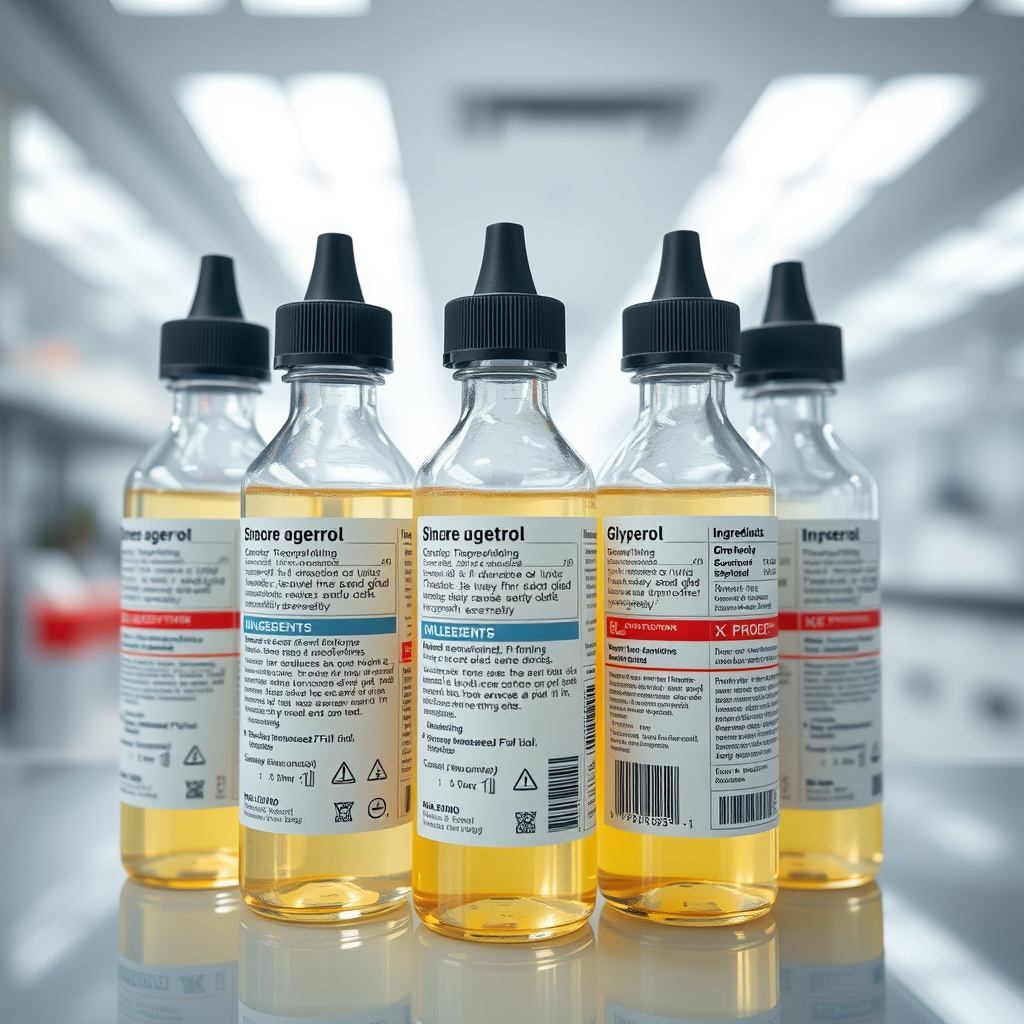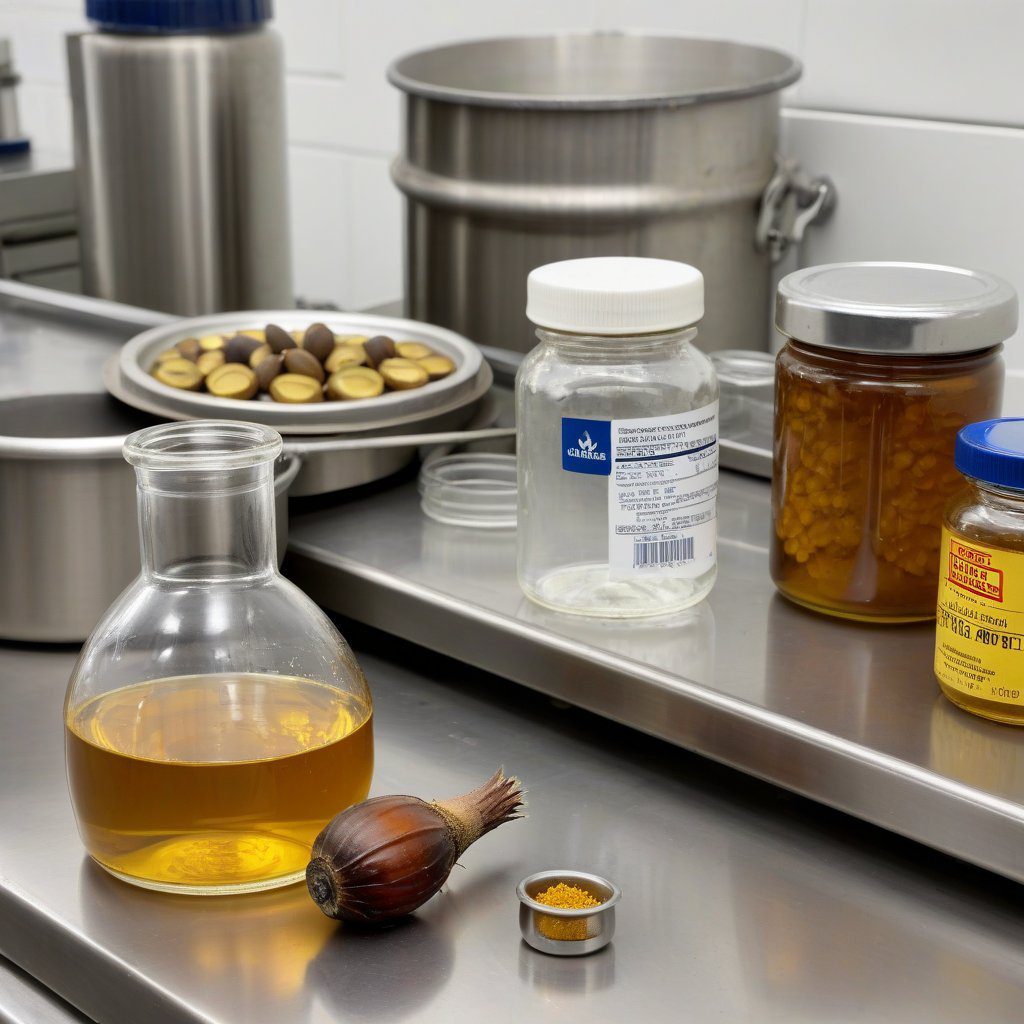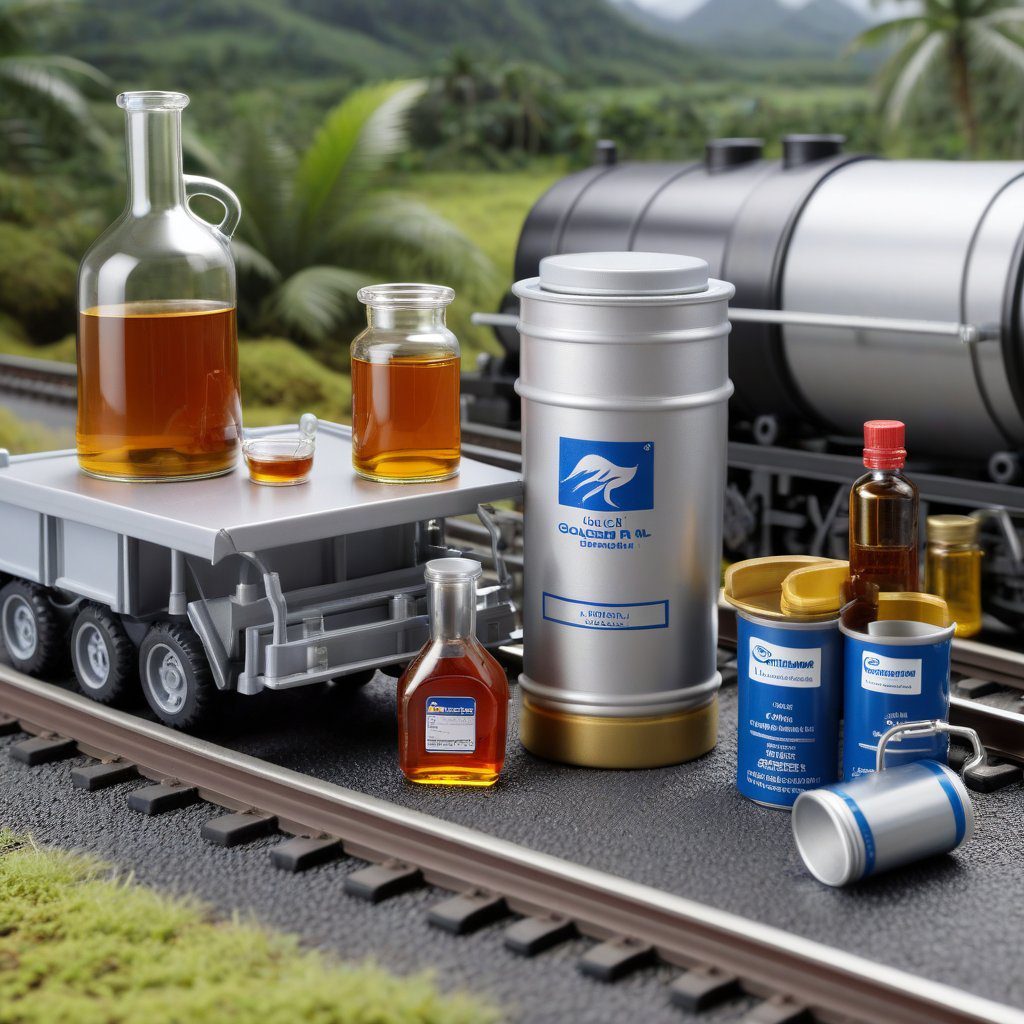What are the labeling requirements for glycerol products? These requirements encompass specific information that must be included on the product labels to ensure compliance with regulatory standards, as well as to provide necessary details to consumers and businesses.
Have you ever wondered what are the labeling requirements for glycerol products? Understanding these specifications is crucial for companies and industries looking to source glycerol in bulk. In this post, we will explore the essential labeling components, including ingredient declarations, safety information, and regulatory compliance. By the end of this article, you will have a clear grasp of what your product labels must include to meet industry standards and facilitate a smooth supply chain. So, let’s dive in and uncover the key requirements that can elevate your glycerol products in the market.

What are the Labeling Requirements for Glycerol Products?
Glycerol, or glycerin, is a versatile compound widely used in various industries, including cosmetics, food, and pharmaceuticals. Understanding its properties and applications is crucial for businesses looking to comply with regulations and ensure product safety. This article will explore the specific labeling requirements for glycerol products, catering to companies seeking a reliable glycerol supplier.
One of the primary reasons for understanding glycerol is its significance in product formulation. It acts as a humectant in skincare products, a sweetener in food, and a solvent in pharmaceuticals. As such, proper labeling is not just a legal obligation; it is an integral part of maintaining product integrity and consumer trust.
The Importance of Proper Labeling in Glycerol Products
Accurate labeling of glycerol products is essential for several reasons. Firstly, it ensures compliance with Glycerol Regulations, which vary by region and application. Secondly, proper labeling enhances product quality perception and consumer safety, ultimately fostering brand loyalty.
Businesses that prioritize correct labeling also mitigate risks associated with misleading information. For instance, inaccurate labels can lead to legal consequences, including fines or product recalls. By partnering with a trusted glycerol manufacturing partner like DIPLOMATA COMERCIAL, companies can ensure their products meet all necessary labeling requirements.
Key Factors to Consider When Evaluating Glycerol Suppliers
When searching for a bulk glycerol supplier, companies should consider several key factors. First, assess product purity and quality, as these directly impact labeling accuracy and compliance. Glycerol can vary in grade, including pure, refined, and crude forms, each with different labeling requirements.
Moreover, understanding a supplier’s labeling compliance practices is crucial. A reputable supplier will provide detailed information about their products, ensuring that businesses can confidently label their glycerol products according to industry standards.
Step-by-Step Guide to Labeling Glycerol Products
To label glycerol products correctly, follow these essential steps. Start by identifying the product type—whether it’s cosmetic, food-grade, or industrial glycerol—as this will dictate specific labeling requirements.
Next, include mandatory information such as the product name, ingredients, net weight, and manufacturer details. For food-grade glycerol, nutritional information must also be provided, including caloric content and potential allergens.
Specific Information Required
For glycerol-based skincare products, ensure that the label states the product’s intended use and any claims made (e.g.,
How Can I Help You
Understanding the labeling requirements for glycerol products is essential for ensuring compliance and quality in your industry. At DIPLOMATA, with 20 years of experience in the chemical market, we recognize the importance of accurate and informative labeling for our glycerin products, whether it’s crude glycerin, refined glycerin, or USP-grade propylene glycol. Each label not only meets regulatory standards but also reflects our commitment to high performance and quality. We pride ourselves on our excellent customer service, and our team is here to assist you in navigating these requirements, ensuring that your products are well-received in the market. Our manufacturing process adheres to strict guidelines, which is why we have been recognized as a leading supplier and have earned certifications for our environmental efforts. Let’s work together to ensure your products are not only compliant but also stand out in their quality and effectiveness.
FAQ
What specific information must be included on glycerol product labels?
Glycerol product labels must include specific information such as the product name, ingredients list, net weight, and the manufacturer’s details. Additionally, any allergen information, storage instructions, and expiration dates are crucial. If the glycerol is intended for food or pharmaceutical use, it should comply with relevant regulations from authorities like the FDA or EFSA. Including these details not only ensures compliance but also builds trust with consumers by providing transparency about the product.
Are there different labeling requirements for cosmetic versus food-grade glycerol?
Yes, the labeling requirements for cosmetic and food-grade glycerol differ. Food-grade glycerol must meet stringent regulations set by food safety authorities, including ingredient specifications and health claims. On the other hand, cosmetic-grade glycerol labels should focus on the product’s intended use, ingredients, and any safety precautions. It’s crucial to adhere to the specific guidelines applicable to each category to avoid regulatory issues and ensure consumer safety.
How can I ensure my glycerol product label is compliant with regulations?
To ensure compliance, start by researching the specific regulations governing glycerol products in your region, such as the FDA in the U.S. or EU regulations. Consider consulting with a regulatory expert or legal advisor who specializes in product labeling. Additionally, utilize resources from industry associations that provide guidelines on labeling requirements. Regularly update your labels to reflect any regulatory changes and conduct periodic audits of your labeling practices to maintain compliance.
What are the common mistakes to avoid when labeling glycerol products?
Common mistakes in labeling glycerol products include omitting required information, using unclear language, and failing to disclose allergens. Another frequent issue is not adhering to the correct format or font size, which can lead to readability problems. It’s important to double-check labels for accuracy and clarity and to ensure they meet all regulatory requirements. Properly reviewing labels with a compliance checklist can help mitigate these errors and enhance consumer trust.
Can I use health claims on my glycerol product label?
Using health claims on glycerol product labels is subject to strict regulations. If your glycerol product is intended for food or dietary use, any health claims must be substantiated by scientific evidence and approved by regulatory authorities. For cosmetic products, claims must be truthful and not misleading. Always ensure that claims comply with local laws to avoid penalties. It’s advisable to consult with a regulatory expert to navigate the complexities of health claims effectively.
What role does ingredient sourcing play in glycerol labeling?
Ingredient sourcing plays a significant role in glycerol labeling, particularly regarding transparency and consumer trust. Labels should indicate whether glycerol is derived from natural or synthetic sources, as this information can influence purchasing decisions. Moreover, if any ingredients are sourced sustainably or are organic, these details should be clearly stated. Adhering to ethical sourcing practices not only enhances brand reputation but also aligns with growing consumer demand for transparency in product sourcing.
How often should I update my glycerol product labels?
You should update your glycerol product labels whenever there are changes in formulation, sourcing, or regulatory requirements. Additionally, if you receive consumer feedback indicating confusion or misinterpretation of the label, it may be wise to revise it for clarity. Regular audits, at least annually, are recommended to ensure that your labels remain compliant with current regulations. This proactive approach not only mitigates legal risks but also strengthens consumer confidence in your product.





